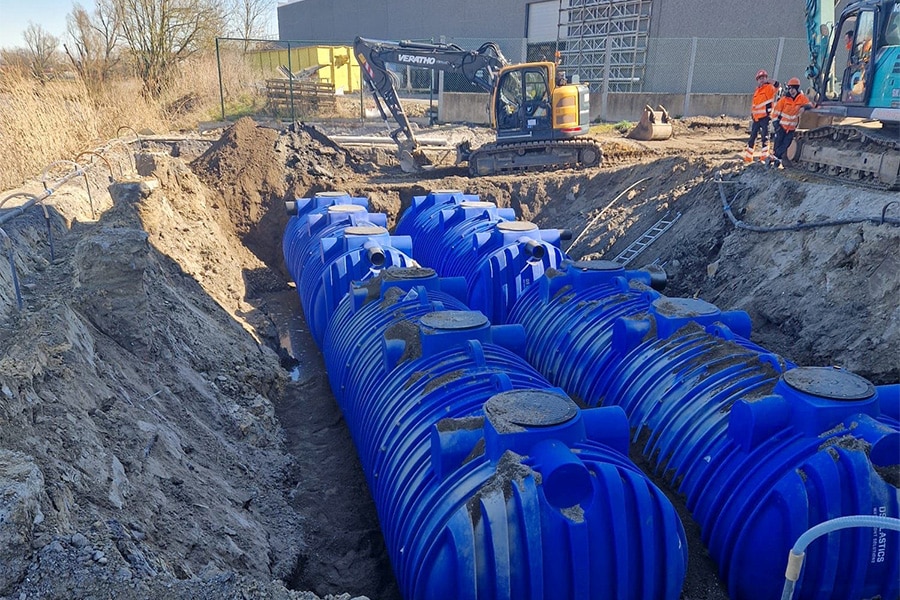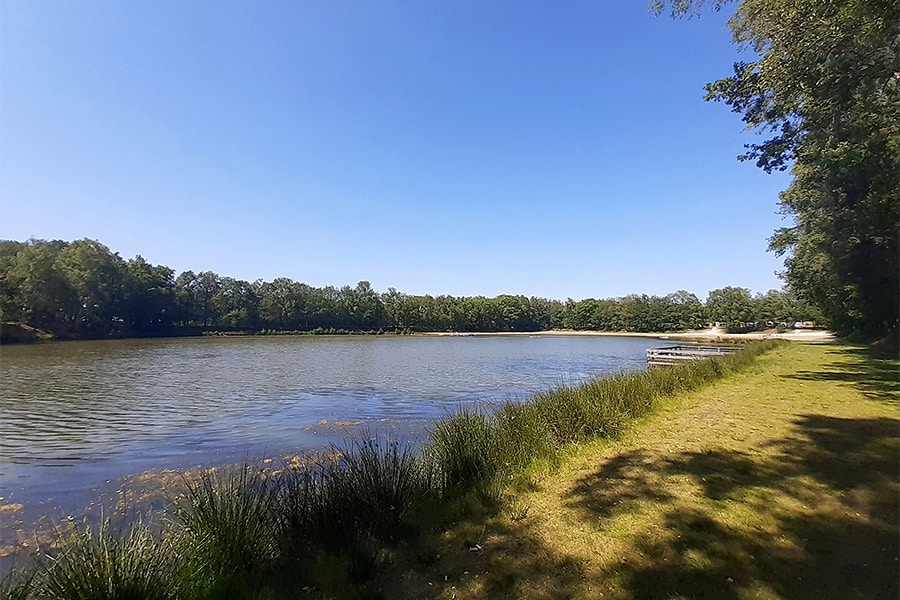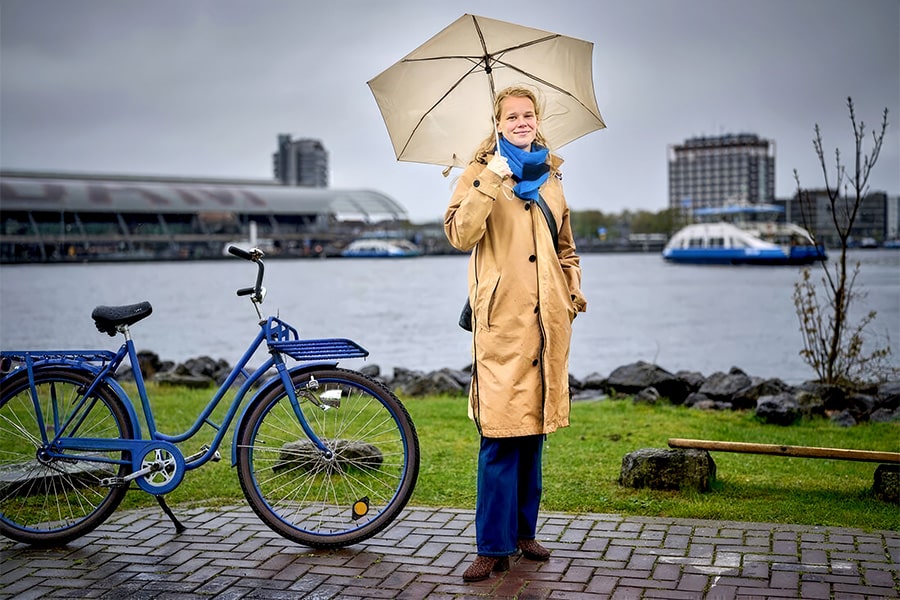
Historic lock complex gets major upgrade
The flow at the site of the former lock complex at Halfweg needs to be greatly improved. Given its monumental character, this is a major challenge.
Improvement of the flow is necessary on the one hand to increase the discharge from the southern polders on the storage basin side, and on the other hand to improve the supply towards the Halfweg pumping station (Haarlemmermeer) behind it. Halfweg has had three locks for seven centuries: the Haarlemmersluis, the Kruis- or Middensluis and the Amsterdamse Sluis. They are located diagonally opposite the former sugar factory. Repaired and modified several times, the locks no longer have a hydraulic function. But the narrow passage between the islands impedes the inflow to the Halfweg basin pumping station on Wethouder van Essenweg, so this pumping station does not function optimally. The lock complex is a municipal monument.

As water manager and owner, the Rijnland Water Board is responsible for keeping the polders in the area dry: securing dry feet. Engineering firm Iv-Infra created the preliminary design for the improved flow, which was based on the architectural design by TAK architects.

The lock complex at Halfweg captures the imagination. The foundation for the former Halfweg lock complex was laid as early as the thirteenth century. In the years that followed, the complex grew into an important part of a (trade) route for the canal towpath. Draught barges were pulled by horses on either side of the lock complex. To protect the draught boats from the raging waters of the Zuiderzee, large fences were placed on the lock islands.
Problem
When heavy precipitation threatens to flood the polders, several pumping stations go to work. The water supply at the former lock complex is a major obstacle. The complex forms a bottleneck in the route taken by the water. Because the locks at Halfweg cannot get the water through sufficiently towards the Boezem pumping station, the water level in that stretch of water (Zijkanaal F) sinks too far, causing much inconvenience locally. Due to the shortage of water supply, the Boezemgemgemaal cannot function optimally and in some situations even has to be stopped.
Additional flow-through opening
To improve the future situation and flow of water from the polder, a new passageway will be excavated. This passage will be realized in the eastern lock island of the historic lock complex. New sheet pile walls will provide additional structural strength. An underwater concrete floor serves as an outrigger for the sheet pile walls.

The goal is to achieve the flow in such a way without detracting from the current image of the island, thus preserving its monumental value. For example, the lock and wing walls will be restored and the sandstone capstones of the western and eastern island will be restored as much as possible. Anyone who soon cycles through the lock complex will see all the historical elements from the past on the spot. The route of the "later" railroad (the first in the Netherlands, the Amsterdam-Haarlem Railroad of 1839) is visually visible with different use of materials (sedum instead of grass), and two places with benches to rest are a nod to the former passages of the fence.
Public facility
The public layout of the complex will be improved. This will give the former lock complex a traffic connection in terms of routing as it was virtually present at the time of the old canal connection. The existing bridges over the East and West locks will be replaced and the paving and lighting will be renewed.
Technical challenge
Tom Sikkema is Sector Head of Hydraulic Engineering at Iv-Infra and has been heavily involved in this project for the past several years. "It has been a beautiful but complicated journey. Fitting a large civil work into a monument is complex. Not only because it's a fragile environment, but also because it's looked at very involved by the environment. So you can only get this done if you improve and beautify not only the construction, but all the functions. Together with TAK architects, that has worked out very well."
Furthermore, the preliminary design looked in detail at the risks during the work. As for Sikkema, the poor condition of the locks and feasibility have been the biggest headaches.
The preliminary design therefore gave extensive consideration to the foundation, soil protection and infrastructure. "For example, during construction we are using a traverse over the monument from where digging is taking place. This prevents the existing structure itself from being overloaded."
Support
Eva Zonneveld is environmental manager at the Rhineland Water Board and says that creating support for such a far-reaching project has been a challenge. "Not for nothing had people been working on this for forty years. The Rhineland Water Board considered all interests and made these interests an integral part of the design in combination with the restoration of the entire complex. This allows the flow-through opening to be realized while preserving the monument."
There was already unanimous support for TAK architects' sketch design. Now all parties also agree with Iv-Infra's preliminary design.
Environmental Permit
"The heritage committee of the municipality of Haarlemmermeer went along with our plans and advised positively," Sikkema responds. "That was also the only way this was possible: that everyone was behind it. This has been a great learning curve for us as Iv-Infra, especially in the interaction between the engineering, the restoration (in combination with the architectural design of the flow-through facility) and thus the cooperation with the architect (TAK), who really had a leading role."



